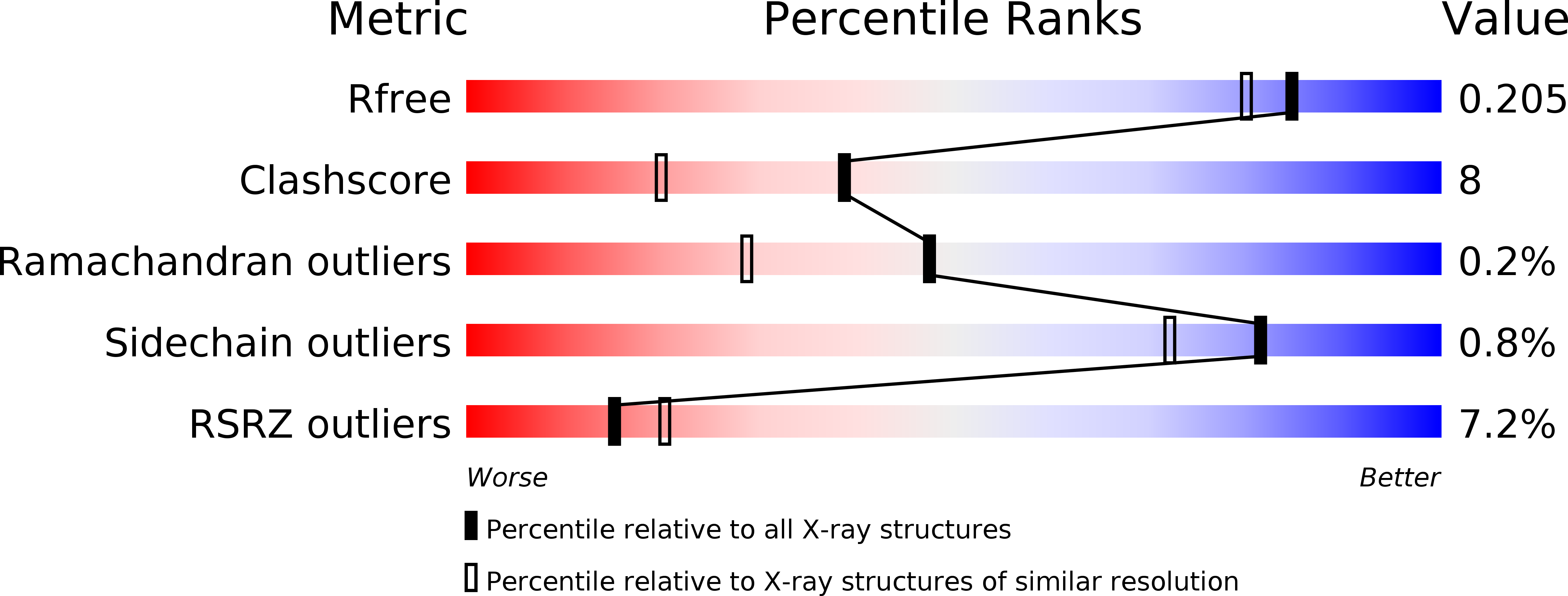
Deposition Date
2007-07-17
Release Date
2007-09-11
Last Version Date
2023-08-30
Entry Detail
PDB ID:
2QN0
Keywords:
Title:
Structure of Botulinum neurotoxin serotype C1 light chain protease
Biological Source:
Source Organism:
Clostridium botulinum (Taxon ID: 1491)
Host Organism:
Method Details:
Experimental Method:
Resolution:
1.75 Å
R-Value Free:
0.20
R-Value Work:
0.18
R-Value Observed:
0.18
Space Group:
P 31 2 1


